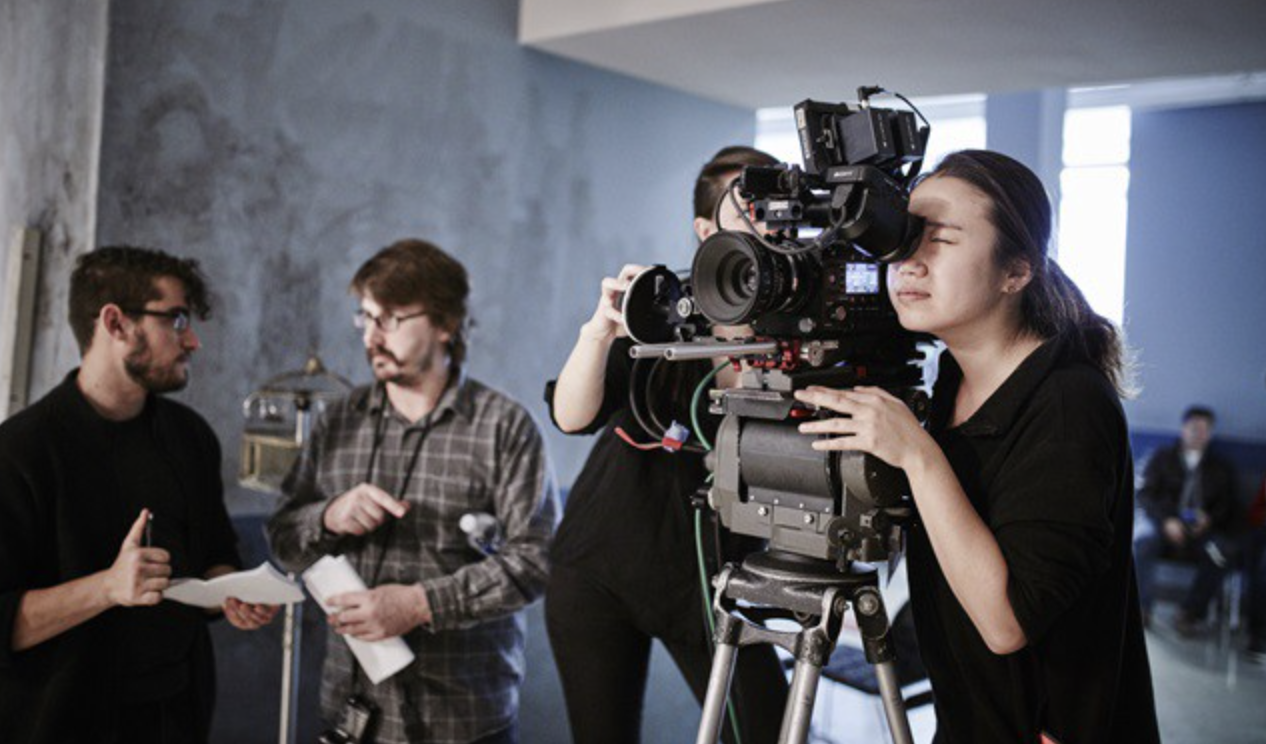
As technology has progressed, the filmmaking process has become safer. For years, filmmakers have had to use outdated and dangerous equipment, but now there are many new tools that make the process much safer.
Advancements in technology have introduced digital editing and post-production software that have allowed filmmakers to experiment and create content without having to worry about wasting expensive film stock.
New camera technologies have made it possible to capture footage with less risk of distortion or malfunction. This has helped make filmmaking a more safe and more efficient process.
Some of these advancements include:
Table of Contents
Better on-set communications
On-set communications have become much better with new technologies. Crew members can now easily stay in touch with each other through walkie-talkies, headsets, and other devices. This has made it easier to coordinate on set and make sure that everyone agrees.
It has helped reduce the risk of miscommunication and misunderstanding. This not only helps to avoid potential accidents but also allows for a quicker response in the event of an emergency.
Digital editing and post-production software
Digital editing and post-production software have made it possible for filmmakers to experiment and create without having to worry about wasting unnecessary capital.
This has helped make the filmmaking process much safer as it eliminates the need for dangerous trial-and-error methods. These tools allow for a more precise and controlled editing process, which can help to avoid mistakes that might lead to accidents.
Better Production Planning
With better on-set communications comes better production planning. By being able to communicate more easily, filmmakers can now plan their shoots more efficiently. This means that there is less wasted time and fewer potential problems. It allows for more efficient use of resources, which can help to save money.
As there are several software programs that allow for simple production planning, it has become easier than ever to plan a safe and efficient shoot. This helps production run more smoothly.
Motion Capture Systems
Motion capture systems are now being used in filmmaking to help create realistic special effects. This technology allows for the accurate tracking of an actor’s movement, which can then create a digital double.
This is incredibly useful for creating action sequences or other scenes that would be too dangerous for actors to perform. Additionally, it can create realistic creature effects. This technology is helping to make special effects more realistic and safe.
Use of Drones
Drones have become increasingly popular in recent years and they are now being used in filmmaking. Drones can capture aerial shots that would otherwise be impossible to get. They can also get shots from difficult or dangerous locations. This helps to reduce the risk to both the crew and the cast. It helps to create more dynamic and interesting shots.
Use Of VR (Virtual Reality)
Virtual reality is becoming increasingly popular in filmmaking. VR allows for a more immersive experience for the viewer. It can help to create more realistic and believable environments. This can be useful for action sequences or scenes that take place in dangerous locations. VR can help to make these sequences safer by allowing the crew to work in a controlled environment.
On-Set Monitoring Is Becoming More Common
With the advances in technology, on-set monitoring is becoming more common. These days there are usually several monitors on set at all times, each with a specific focus.
For example, there may be a monitor responsible for monitoring the actors’ safety, another who is monitoring the equipment, and another who is monitoring the sound levels. This allows potential problems to be identified and rectified quickly before they turn into accidents.
Conclusion
Technology has had a major impact on filmmaking. It has helped to make filmmaking safer by allowing for better communication, more efficient production planning, and the use of safer methods of filmmaking. Additionally, it has helped to create more realistic and believable special effects. This has all led to a reduction in the number of accidents on set.